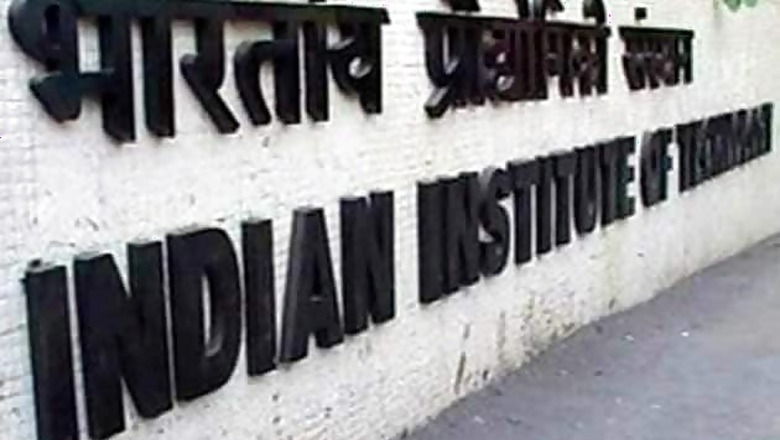
views
New Delhi: IIT Madras has become the first IIT to be made a full member of the CMS experiment at CERN, the European Organisation for Nuclear Research, and will get several opportunities in a large number of related technologies initiated and applied at the Switzerland-based organisation.
IIT Madras' admission as a full-member of CMS was made possible by a presentation made to the CMS (Compact Muon Solenoid) Collaboration Board by Prof Prafulla Kumar Behera of the Department of Physics, a release issued by the institute said.
In his presentation, Behera emphasised IIT Madras' capabilities in experimental research, particularly in high-energy physics.
In addition to Behera, another faculty member involved in this work is Prof James Libby. Two graduate students have already joined the group to work on the CMS experiment.
Although India has been part of the CMS experiment since its inception, IIT Madras is the only IIT invited to join the CMS experiment as a full member, the release said.
Bhaskar Ramamurthi, Director of IIT Madras, sees this as a tremendous opportunity for IIT Madras not only in the area of Physics, but also in a large number of related technologies which are initiated and applied at CERN.
"We are excited by this development, and by the opportunities for direct participation in research in fundamental Physics, related technologies and developments in grid computing," he said.
CERN is well-known for the discovery of the Higgs boson in 2012. The world-wide-web (www) was also invented at CERN.
CERN is not only an international laboratory for fundamental research in experimental high energy physics but also provides a platform for innovation in technology through international collaboration.
The two experiments that discovered Higgs boson are ATLAS (A Toroidal LHC Apparatus) and CMS (Compact Muon Solenoid).
CMS is a general-purpose detector at the Large Hadron Collider (LHC). It is designed to investigate a wide range of physics, including the search for the Higgs Boson, extra dimensions, and particles that could make up dark matter.




















Comments
0 comment